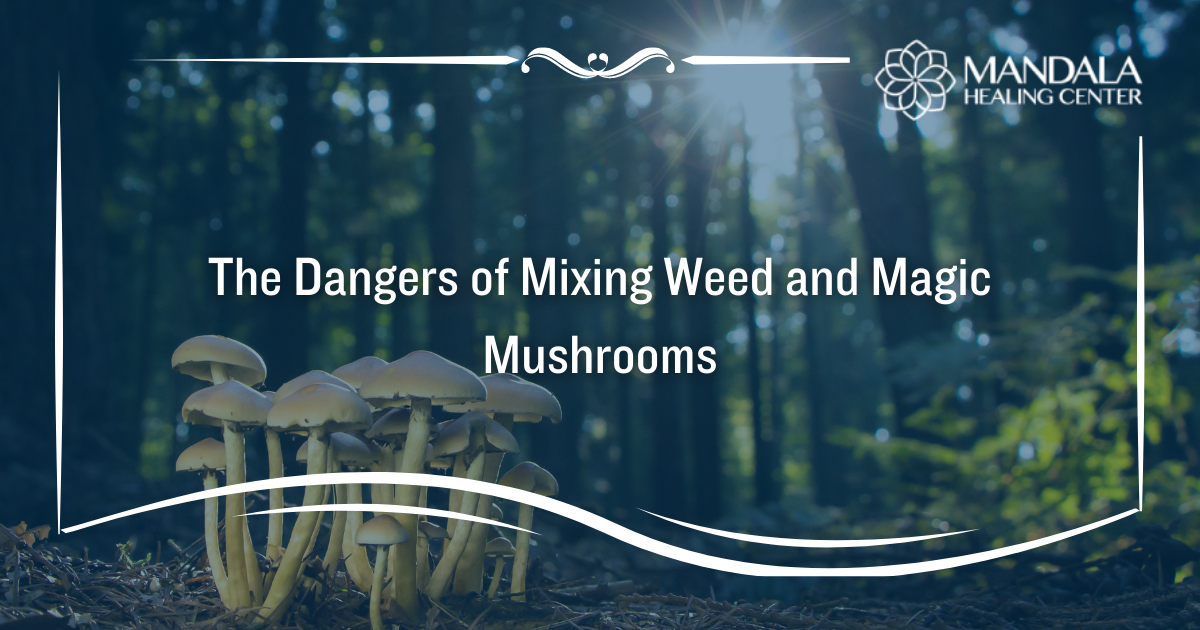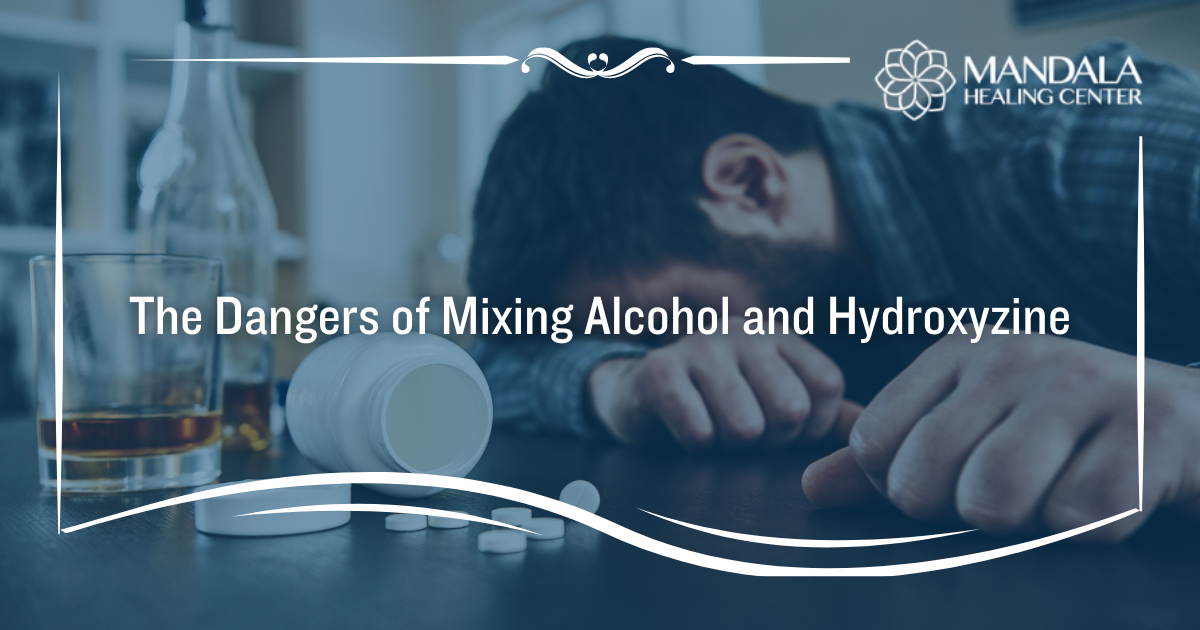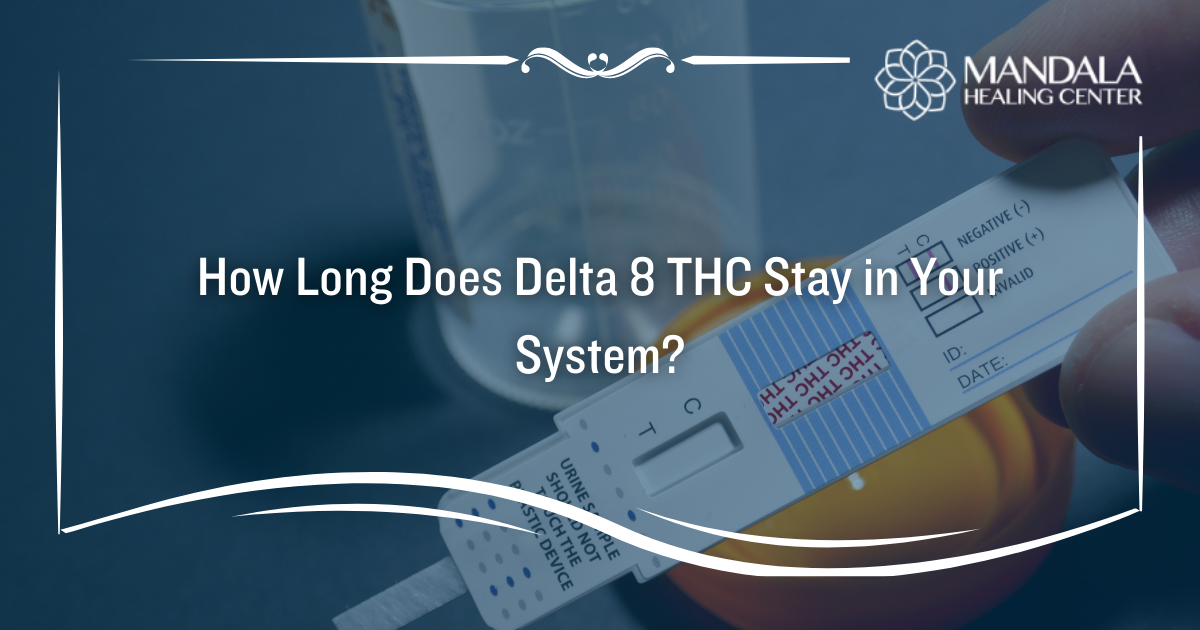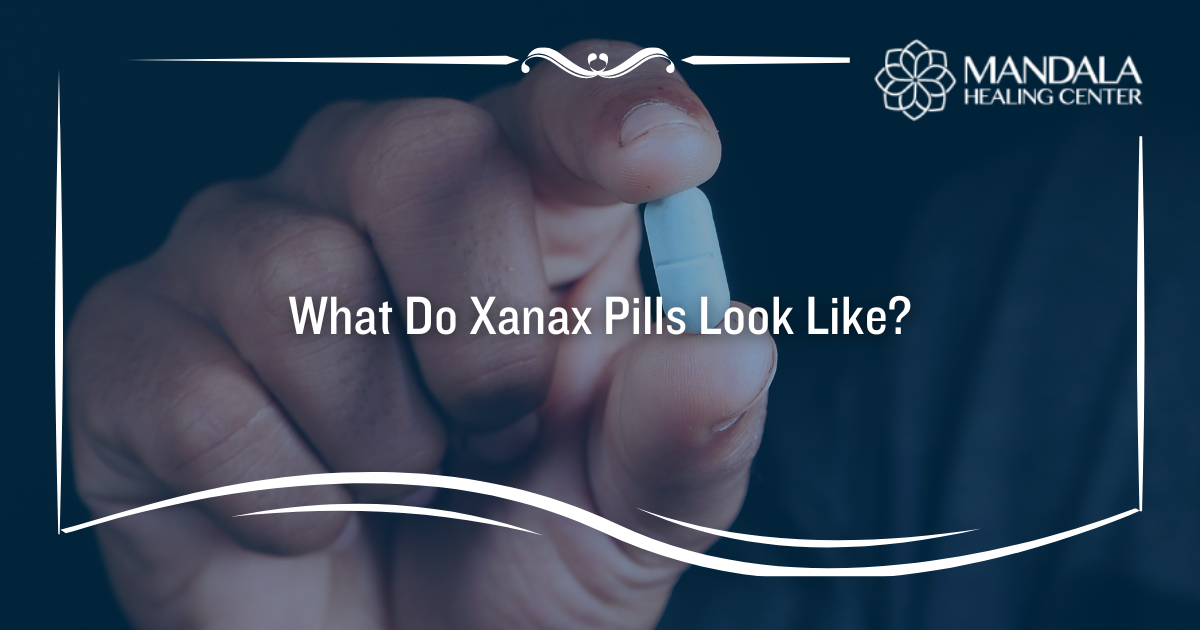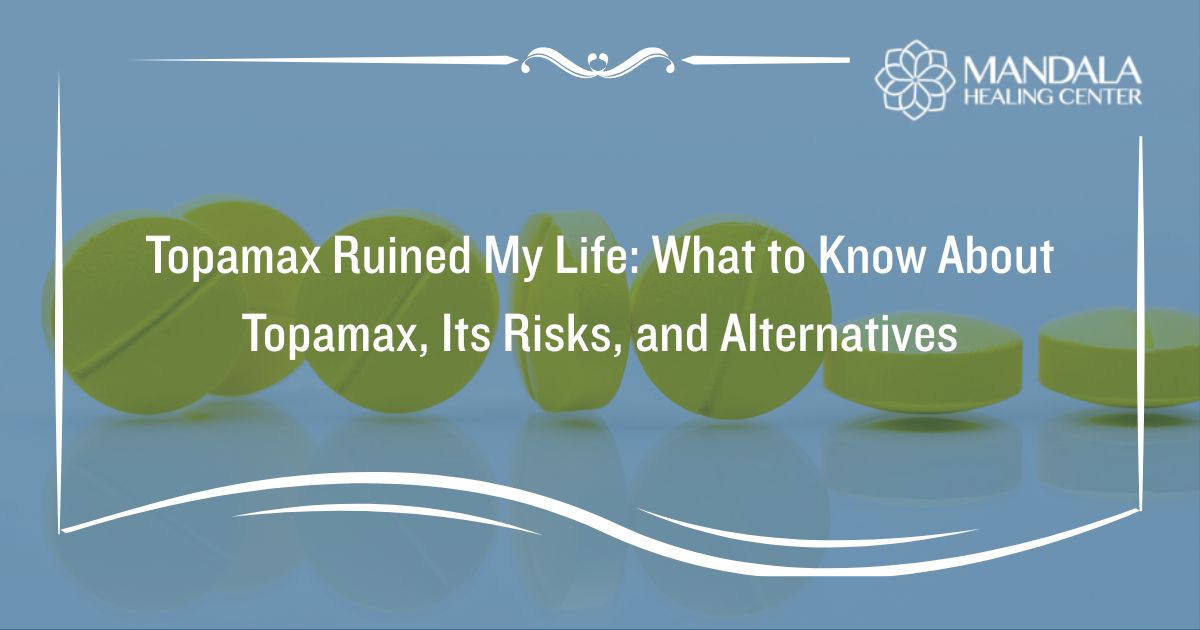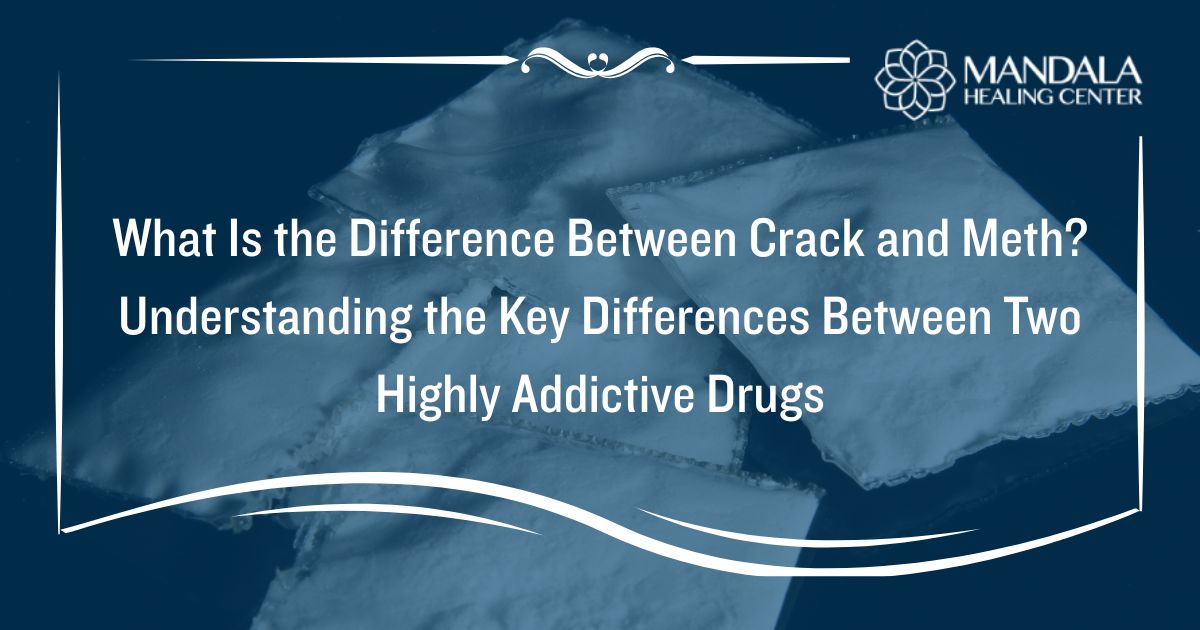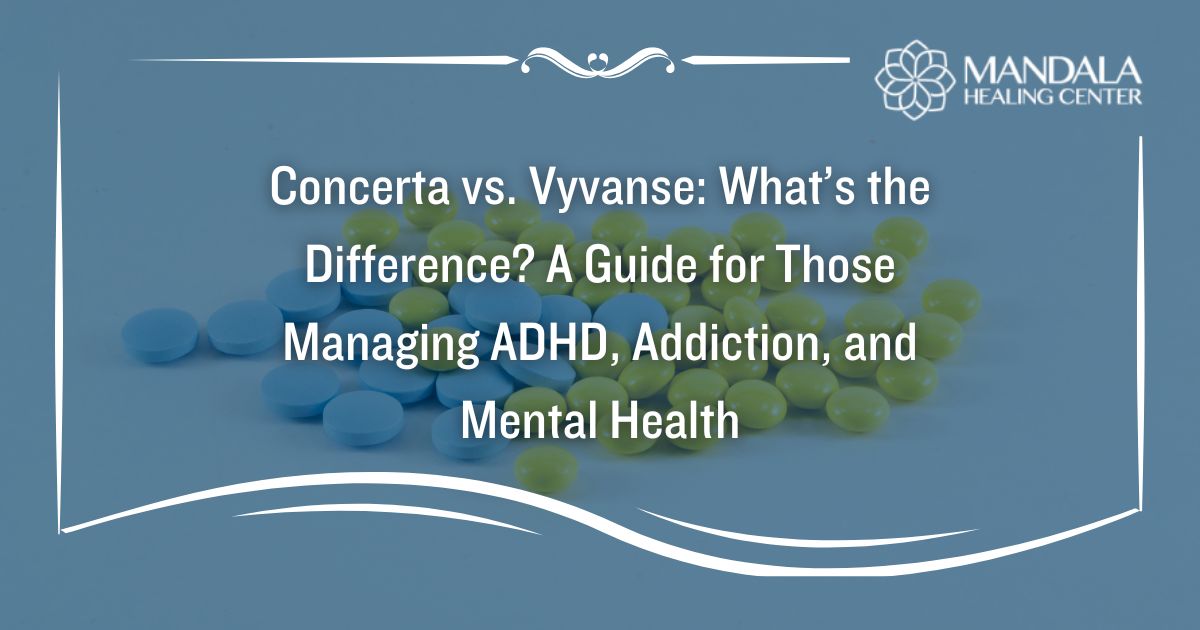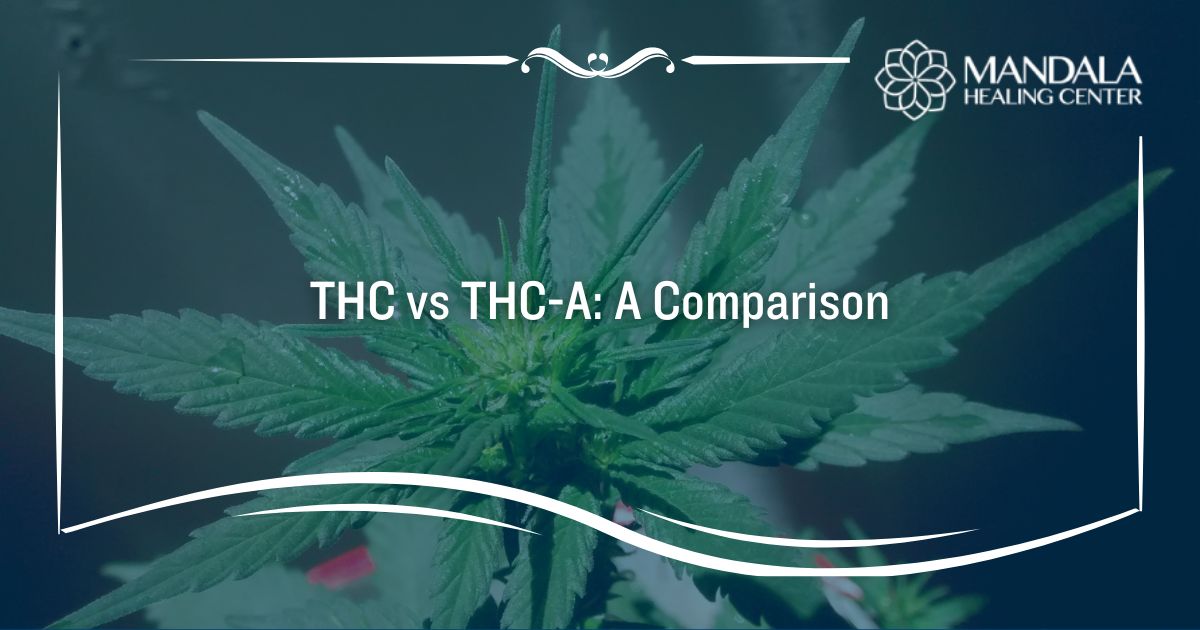Adderall is a prescription stimulant that is used to treat attention deficit hyperactivity disorder (ADHD). It contains amphetamine and dextroamphetamine, which speed up activity in the central nervous system. Adderall helps manage the symptoms of ADHD by improving focus and lessening impulsive behaviors.
While Adderall is beneficial for ADHD, abusing the substance can lead to addiction. If you take more than you are prescribed or consume Adderall without having ADHD, you might experience a high. Because Adderall is addictive, you might find yourself wondering whether it is a narcotic or a controlled substance.
Narcotics were originally any substance that had numbing or paralyzing properties. Today, the term is associated with opiates and opioids.[1] These substances cause the central nervous system to slow down and offer pain-relieving effects.
On the other hand, controlled substances are drugs that the government regulates in terms of their use, possession, or manufacturing.[2] They include illicit drugs of abuse and prescription medications that can produce psychoactive effects and lead to addiction.
In this article, you will learn:
- What is a narcotic?
- What is a controlled substance?
- Is Adderall a controlled substance?
- What are the signs of Adderall addiction?
What is a Narcotic?
The term narcotic comes from the Greek word for “stupor.” Originally, narcotic referred to all drugs that caused dulled senses and relief from pain. While some people still refer to all mind-altering drugs as narcotics, most people consider this term synonymous with opioids.
To explain, narcotics are considered to be opioid and opiate drugs like oxycodone or morphine. They are all derived from the poppy plant and synthesized in labs.
Examples of narcotic drugs include:
- Heroin
- Oxycodone
- Hydrocodone
- Morphine
- Fentanyl
- Codeine
- Hydromorphone
- Tramadol
- Methadone
- Buprenorphine
- And more
Narcotics are considered controlled substances because the government monitors the manufacturing, use, and possession of them. They are mind-altering and addictive when abused, which means they are controlled substances.
What is a Controlled Substance?
The term controlled substance comes from the Controlled Substances Act (CSA). This law was created to categorize substances based on their risk of addiction and potential for abuse. Under the CSA, there are 5 schedules that drugs can belong to.
Schedule I drugs have no accepted medical uses in the United States, are illegal drugs, and have a high potential for abuse and addiction. Examples of these substances include:[3]
- Heroin
- Lysergic acid diethylamide (LSD)
- Ecstasy or MDMA
- Peyote
Schedule II controlled substances have medical uses despite a high potential for abuse and can lead to psychological or physical dependence. These drugs include:[3]
- Cocaine
- Methamphetamine
- Hydromorphone
- Oxycodone
- Fentanyl
- Adderall
- Ritalin
- And more
Schedule III drugs have medicinal uses and moderate potential for misuse. They include drugs like codeine, steroids, ketamine, and testosterone.
Schedule IV drugs have a low potential for abuse and are used medicinally in the United States. They include medications like Xanax, Valium, Ativan, Tramadol, and more.
Lastly, Schedule V drugs have a lower potential for abuse than Schedule IV drugs and are often used for antitussive, analgesic, and antidiarrheal purposes.
Is Adderall a Controlled Substance?
Adderall is not considered a narcotic, as those drugs cause the opposite effects. When you take Adderall, activity is increased in your CNS, causing you to stay awake longer, and experience increased energy, and heightened blood pressure. However, it is considered a controlled substance.
Under the Controlled Substance Act, Adderall is considered a Schedule II drug. This means that while it helps treat ADHD, you can become addicted to it. Additionally, people might sell it on the street to drug users looking to get high.
It is illegal to use Adderall in a method other than prescribed. You are not meant to purchase Adderall without receiving a prescription and attending a pharmacy. Obtaining it off of the street can result in legal trouble.
Signs of Adderall Addiction
If you or a loved one abuse Adderall, you might be wondering how to tell if you are addicted to it. Using it in any manner other than prescribed can cause you to develop a substance use disorder.
The symptoms of Adderall addiction may include:
- Having a hard time controlling how much or how often you use it
- Lying to doctors to receive a prescription for Adderall
- Buying Adderall from drug dealers instead of using a prescription
- Mixing Adderall with other substances to increase the effects you experience
- Losing interest in previously enjoyed activities
- Experiencing social or interpersonal relationship issues because of Adderall use
- Continuing to use Adderall despite facing physical or mental health issues as a direct result
- Getting into risky situations when you use Adderall
- Experiencing urges or cravings to use Adderall
- Needing to increase your dose to experience the desired effect
- Experiencing withdrawal symptoms when you stop taking Adderall
If you are addicted to Adderall, you have plenty of treatment options to choose from. You can attend inpatient or outpatient addiction treatment. Both programs can help you recover from prescription drug addiction using medical detox, evidence-based therapies, and relapse prevention planning.
Find Help for Adderall Abuse and Addiction
If you or a loved one struggles with Adderall addiction, it’s time to seek help. At the Mandala Healing Center, we offer evidence-based and individualized treatment.
Contact us today to learn more about our Adderall addiction treatment center.
References:
- The Drug Enforcement Administration (DEA): Narcotics
- UCLA: What is a controlled substance
- The U.S. Department of Justice (DOJ): Controlled Substances List



